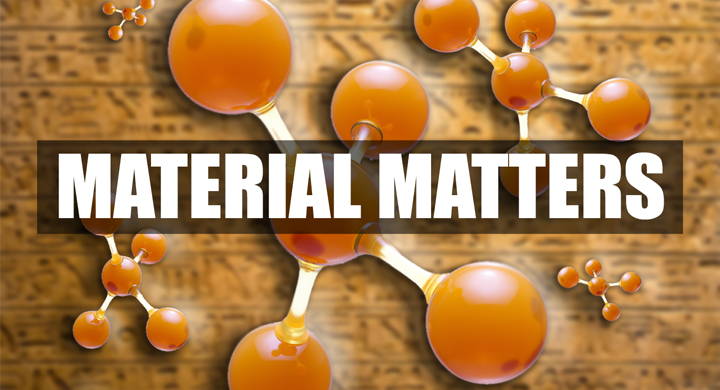Each year feels shorter and faster than the last. After 30 years in the orthopedics industry, the rate at which I witness the dizzying advance of technology to aid the human body is truly humbling.
Humans have been tinkering with their bodies for centuries. Splints have been found in ancient Egyptian mummies, and the ancient Greeks wrote about fractures, dislocations and scoliosis. But it wasn’t until the 20th century that orthopedic implants really took off. Rudimentary bone screws in 1912 may have laid foundation for the advance of modern orthopedics, which arguably launched in 1960 with the first hip replacement.
Back then, materials were extremely limited—it was basically stainless steel and acrylic plastics. Titanium became an option in the 1960s as well. When the U.S. Food and Drug Administration (FDA) set the standard for Class I, II, and III medical devices in 1973, those materials became the foundation of modern implants because so many emerging Class II devices could claim substantial equivalency to existing technology. High-performance polymer poly-ether-ether-ketone (PEEK), originally developed for the aerospace industry in 1978, entered the orthopedic space in the late 1990s.
Now we’re seeing a rise in new substances that improve the life, function, and recovery of patients. I’m seeing anecdotally a cultural shift in how some industry players are working to solve problems.
Last year, a client came to me with an unusual request. They wanted to test a specific material—that was nothing new. But when I asked which device or application they wanted to test for, they didn’t have one. They wanted to push the limits of this substance and then figure out how to market it as a viable material for device developers.
It was the opposite of what I consider the standard approach: come up with an idea for a device, then find the material that fits it best. They flipped the question. Rather than sticking with the tried-and-true materials that have defined our industry, these innovators were focused on bringing in new materials to advance patient care. They were seeking solutions for health issues rather than device function.
It was a challenge for my team. We know how to quote testing for specific devices. But testing the limits of a material to define a broad scope of use is not how we traditionally operate. I appreciated being pushed out of our comfort zone for the sake of innovation and with people focused on a much bigger question.
Because of that, I see so much potential for materials to move our industry forward. If we’re finally breaking out of the mold set 50 years ago, we have a vast, dynamic palette from which we can develop better solutions. Ceramics is a broad category that encompasses everything from floor tile to hip replacement. Polymers and polymer blends can be configured in seemingly endless combinations for different viscosities for just about any squishy application you can imagine. I’ve even seen diamond-based materials come through the lab en route to the human body.
With that comes another layer of testing. Not a new one—FDA has always required biocompatibility tests—but because we’re seeing more devices embrace materials outside the established canon, it’s an additional step for many devices now making their way to market. With more than 50 tests and a specific ISO standard, these new materials bring in an additional burden of proof.
Those standards are complex and can be confusing. There are so many different varieties and sequences of tests depending on not just the material, but its specific use-case—it can be hard to find a clear way forward. It’s not necessarily a longer or more laborious path but it’s just not as clear-cut as it often is with materials dating back past 1973.
That’s why it’s so critical to partner with a testing lab that knows the standard and how it’s evolved. I’ll flag a professional bias here: independent consultants often see more variety of submissions and materials than internal testing teams and they typically offer highly focused experience. Finding the right partner for a specific material can be a challenge; be sure the testing team is familiar with your specific material and/or device. Before you get started testing, find out how many submissions or clearances the test lab has worked on over the past year, and how successful they were. A consulting group should average one to five submissions a month, depending on its size and resources.
Make sure you’re working with someone who knows how to navigate those standards and how to make best use of a range of tools FDA offers to facilitate those tests, such as the Breakthrough Devices Program, Emergency Use Authorization, the Q-Submissions Program, the Safer Technologies Program, the Safety and Performance Based Pathway, and the Voluntary eStar Program. A team that’s in constant contact with the FDA with a proven track record of successful reporting/documentation can also help you find potential shortcuts, even for materials that don’t have a well-established history in the human body.
We haven’t turned away from standard materials altogether, of course. Surgical stainless steel, titanium, cobalt chrome, and PEEK have all earned their place in the canon. But there’s so much more out there and I’m seeing more clients willing to invest in new materials because they’re determined to find a better way to solve problems. I’m proud that my team is part of the solution. To me, that’s an exciting shift because it opens up a whole new realm of how we improve lives.

